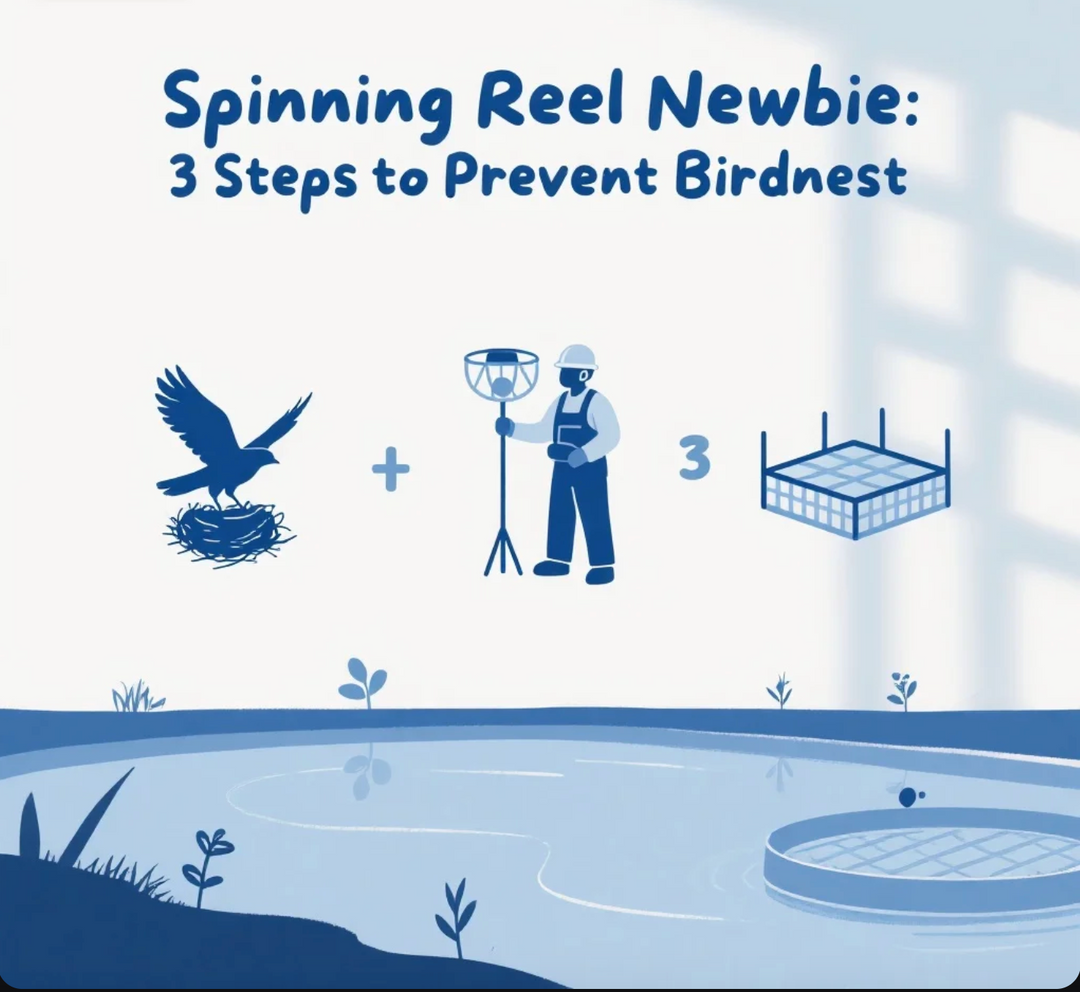🎣 Jigging to Catch More: Unveiling Hidden Sensitivity Specs of Your Rod
When it comes to jig fishing, the difference between a blank day and a bountiful catch often lies in the subtleties of your gear—specifically, the sensitivity specs of your jig rod. Far more than just a pole to swing, a high-performance jig rod is a precision instrument designed to detect the whisper-quiet taps of fish on bait, the faint weight of a suspended jig head, and the nuanced vibrations of underwater structure. Today, we’re diving deep into the often-overlooked features that make a jig rod truly exceptional, and how mastering these details can transform your fishing strategy.
🌟 Why Sensitivity Matters (More Than You Think)
Jig fishing isn’t just about casting and reeling; it’s a delicate dance between angler and environment. A rod with superior sensitivity allows you to:
- Feel the initial bite of a cautious carp or bass, even when the lure is buried in weeds or wood.
- Detect the weight transfer of a jig head moving through current, signaling a fish’s approach.
- Identify structure hits on rocks or drop-offs, pinpointing hotspots without endless casting.
Without this precision, you’re essentially fishing blind—relying on luck rather than skill. So, what defines a sensitive jig rod? Let’s break down the key specs and innovations that matter most.
🔍 The Anatomy of a Sensitive Jig Rod: Key Features to Seek
1. Graphite Blank Technology
The heart of any sensitive rod is its blank. High-modulus graphite (think 70-ton + carbon fiber) creates a lightweight yet rigid structure that transmits vibrations instantly to your hand. Look for blanks with progressive tapering—thinner tip sections for finesse presentations, thicker midsections for backbone during the lift. Avoid rods with thick, heavy handles; they dampen sensitivity and tire your grip.
2. Guides: Size, Spacing, & Material
Low-profile, corrosion-resistant guides (stainless steel or titanium) with ultra-smooth rings reduce friction, letting line flow freely—even with heavy jig heads. Closer guide spacing (especially in the tip) prevents line sag, ensuring bites register clearly. For micro-jigging, consider rods with micro-guide systems that hug the blank, minimizing dead zones.
3. Action: Fast vs. Moderate, and Why It Matters
A rod’s action dictates how it flexes and recovers. A fast-tip action excels at detecting light bites (ideal for small jigs in clear water), while a moderate-fast action offers more forgiveness for heavier baits and aggressive hooksets. Test a rod’s action by casting a lightweight jig and observing how quickly the tip springs back—snappy = sensitive.
4. Handle Design: Balance & Comfort
A balanced rod (where the reel seat sits directly over the blank’s center of gravity) reduces arm fatigue and allows for longer, more precise casts. Ergonomic handles with textured grips (think EVA foam or cork composites) improve control, ensuring you don’t miss a tick because your hand slipped.
🎣 Matching Rod to Jig: Synergy Between Components
Your jig rod’s sensitivity isn’t just about the rod itself—it’s about how it partners with jig heads and reels. Here’s how to build a cohesive system:
- Jig Head Weight: Use the rod’s recommended weight range (usually printed near the handle). Too light, and the rod won’t load properly; too heavy, and it dampens feel.
- Reel Choice: A high-speed baitcasting reel (6.2:1 + gear ratio) with a smooth drag system keeps line tension steady, translating bites into immediate feedback. Avoid reels with sticky drag or loose spools—they muffle sensitivity.
- Line Selection: Fluorocarbon or thin-braid lines (10-15 lb test) transmit vibrations better than monofilament, especially in murky water.
✨ Pro Tips to Maximize Sensitivity on the Water
- Test Your Rod: Before hitting the lake, tie on a light jig (1/16 oz) and hover it over the water. Wiggle it gently—can you feel every movement? If not, adjust your grip or consider a more sensitive model.
- Pay Attention to Casting Angle: A vertical jigging approach (90° to the surface) maximizes sensitivity, as it puts the rod tip closer to the action. Angled casts can bury the tip in the water column, muffling feedback.
- Practice “Finger Fishing”: Rest the rod’s tip on your index finger while retrieving—any vibration or tap will travel through your hand instantly, training you to detect even the subtlest bites.
🌊 When Sensitivity Transforms the Catch
We’ve seen anglers double their catch rates simply by upgrading to a sensitive jig rod—especially in challenging scenarios:
- Clear Water: Where fish spook at the slightest disturbance, a sensitive rod lets you present jigs with delicate precision.
- Heavy Cover: Even when a jig is buried in weeds, the rod’s tip quivers with the weight of a fish pulling free.
- Trolling Applications: Slow-moving jigs for walleye or pike rely on constant feel—if you can’t detect a bite, you’ll miss the strike.
📝 Final Word: Invest in Precision, Reap the Rewards
A sensitive jig rod isn’t a luxury—it’s a game-changer. By prioritizing graphite blank quality, guide engineering, and action-specific design, you’ll gain an edge that separates casual casting from calculated catching. Remember: the best anglers don’t just use their eyes; they trust their rod to “speak” to them, translating underwater mysteries into tangible bites.
Ready to level up your jig fishing? Start by inspecting your current rod’s specs, experiment with different jig-head-reel combos, and never underestimate the power of a sensitive tip. Your next big catch might be just a quiver away.











Leave a comment